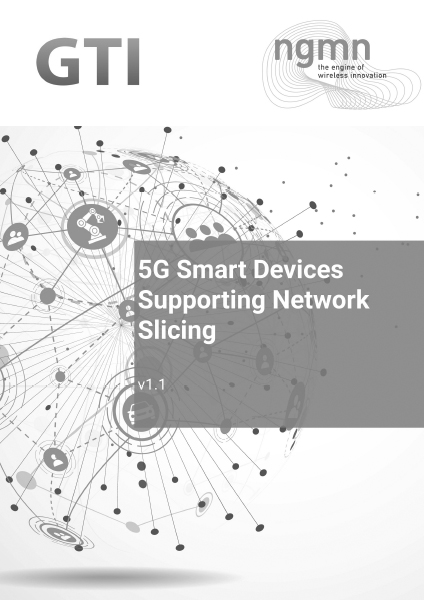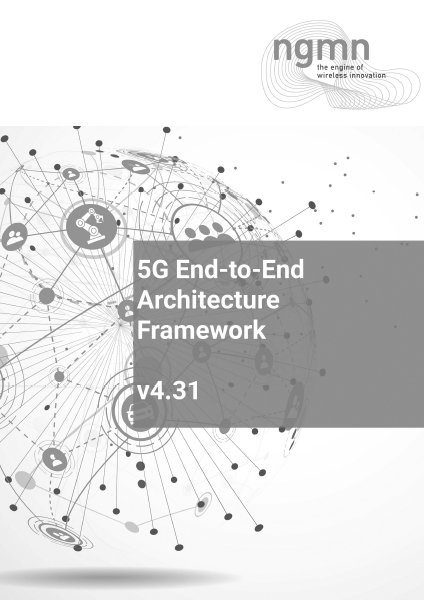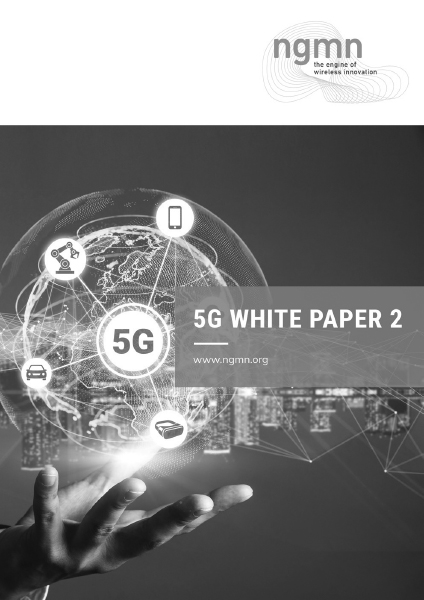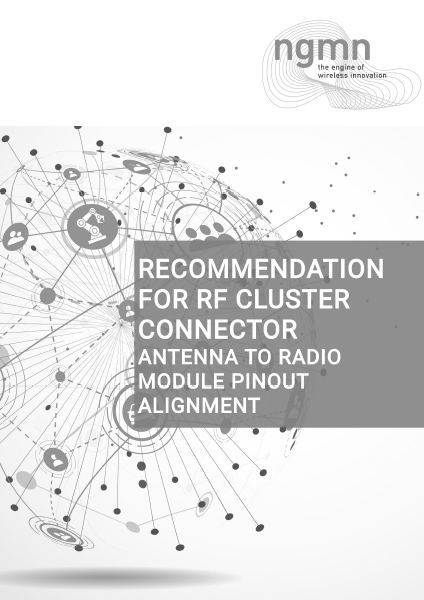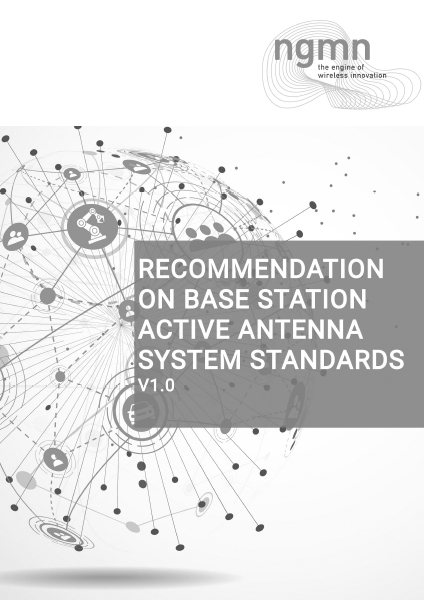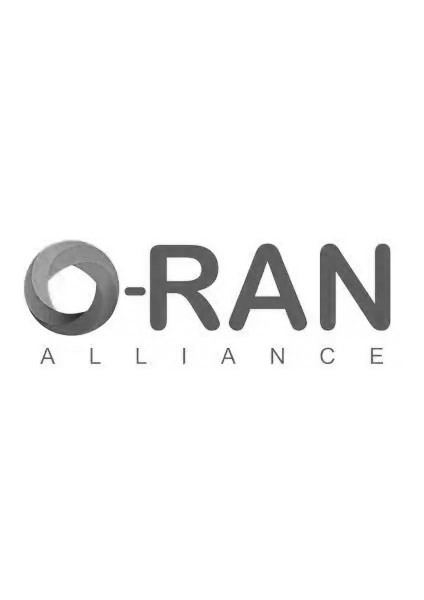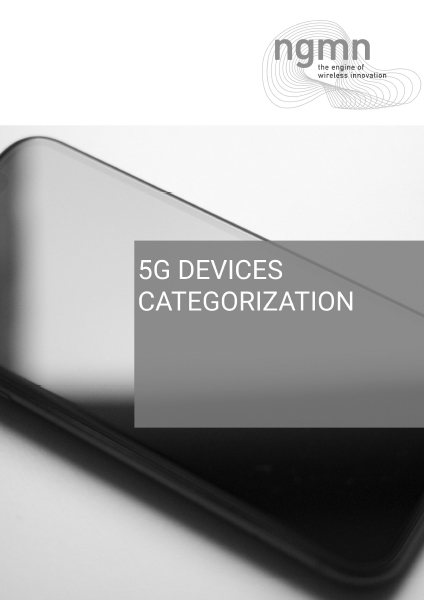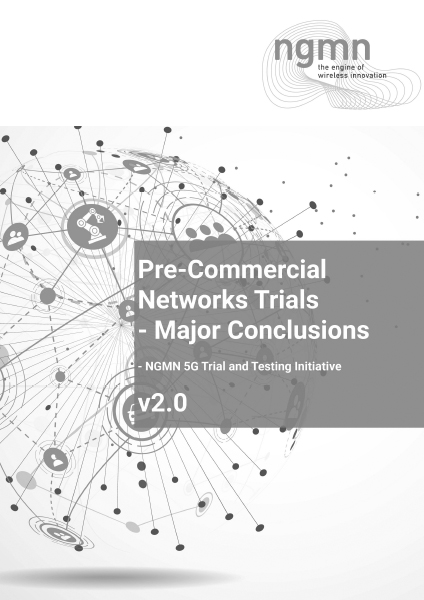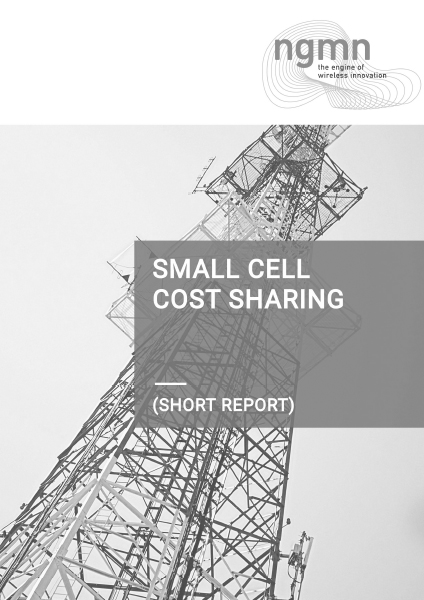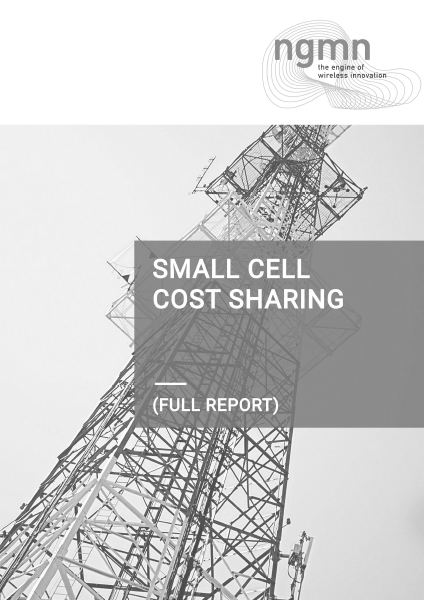5G Smart Devices Supporting Network Slicing
The 5G network system can provide on-demand network slices to satisfy different service requirements. However, how to create traffic connection for network slicing in 5G devices internally is still a technical gap. The design of Network Slicing function in 5G devices has to rely on 5G devices operation system as well as the traffic descriptors of the service between the upper layer and the modem, which results in that the current 5G devices does not support the use of network slicing. Therefore, the fundamental purpose of this document is to provide the reference design of network slicing solution in the 5G devices.
